This year, for some reason, I haven’t been dreading Yom Kippur. No, I’m not thrilled about fasting, and the hours spent in synagogue (yes, sometimes even the rabbi!) but there’s more to it. I was no more organized to lead services this year than in the past, but something feels different.
This morning, when someone commented to me that “Yom Kippur is a morbid day,” I was reminded of something I came across while putting together the Avodah service, which is designed to re-enact the ritual performed by the Kohen Gadol (High Priest) in the sanctuary in the wilderness and in the Holy Temple in Jerusalem. On this day, the Kohen Gadol would go into the Holy of Holies, the innermost chamber of the Temple, pronounce the “Ineffable Name of God,” and ask for atonement three times. The first was for himself and his household, the second for the priestly class, and the third for the entire Israelite community.
Unlike Passover, Shavuot and Sukkot, the Torah doesn’t command the people to travel to Jerusalem for Yom Kippur. However, in ancient times, receiving atonement for one’s sins against God was of such paramount importance that the people flocked there to witness the ritual. We’re told that when the Kohen Gadol finished his supplications, that he would be beaming when he emerged, and it was captured in a poem:
Such was the countenance of the High Priest,
Emerging from the Holy of Holies in Peace –
Like the grandeur of the star-studded pavilion of heaven,
Like the brilliance of lightning from the divine chariot …
This Yom Kippur, instead of identifying the Day of Atonement as a sad and morbid day, characterized by Yizkor, the Martyrology and fears of potential Divine retribution, may we experience the joy of being cleansed and forgiven. May we be blessed to remember that we are a nation of priests, each of us able to interact with God personally and on our own terms.
G’mar hatima tova, may you be SEALED for a year and life of health and happiness, peace and prosperity, and blessing.


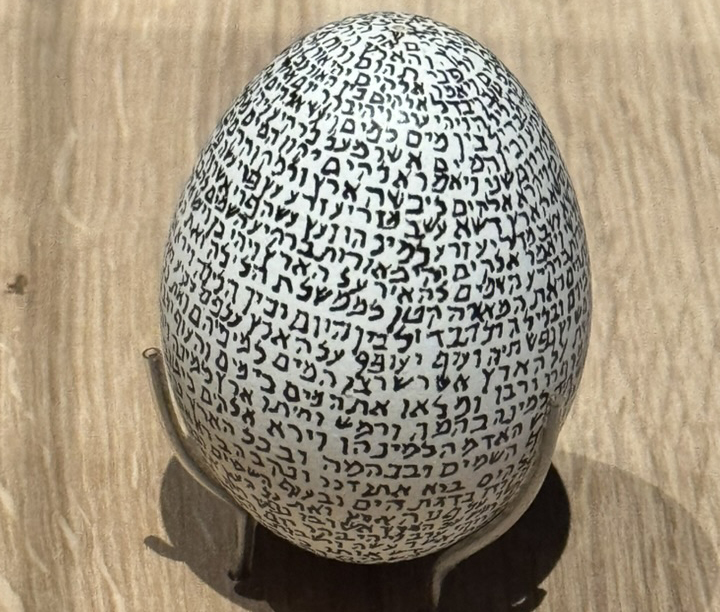
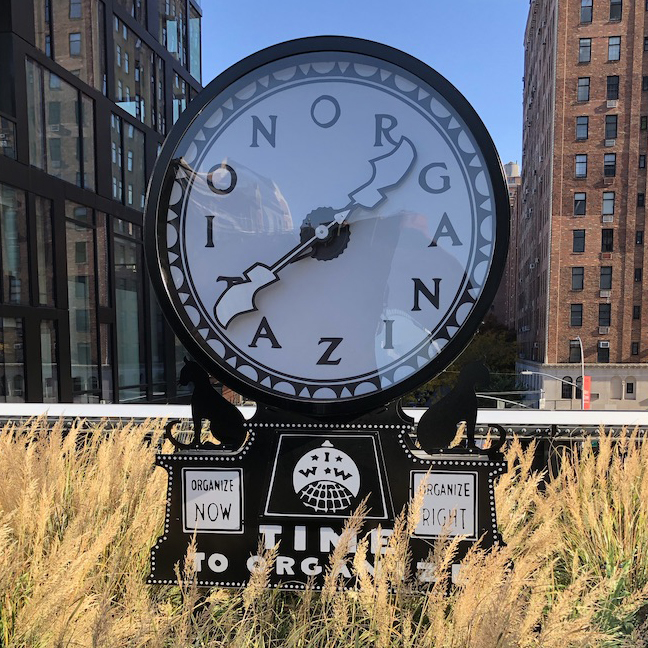

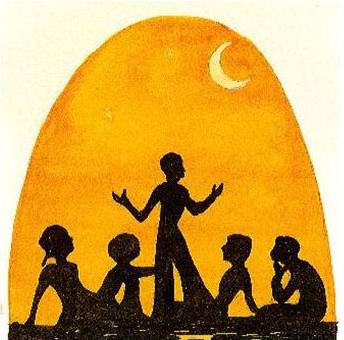

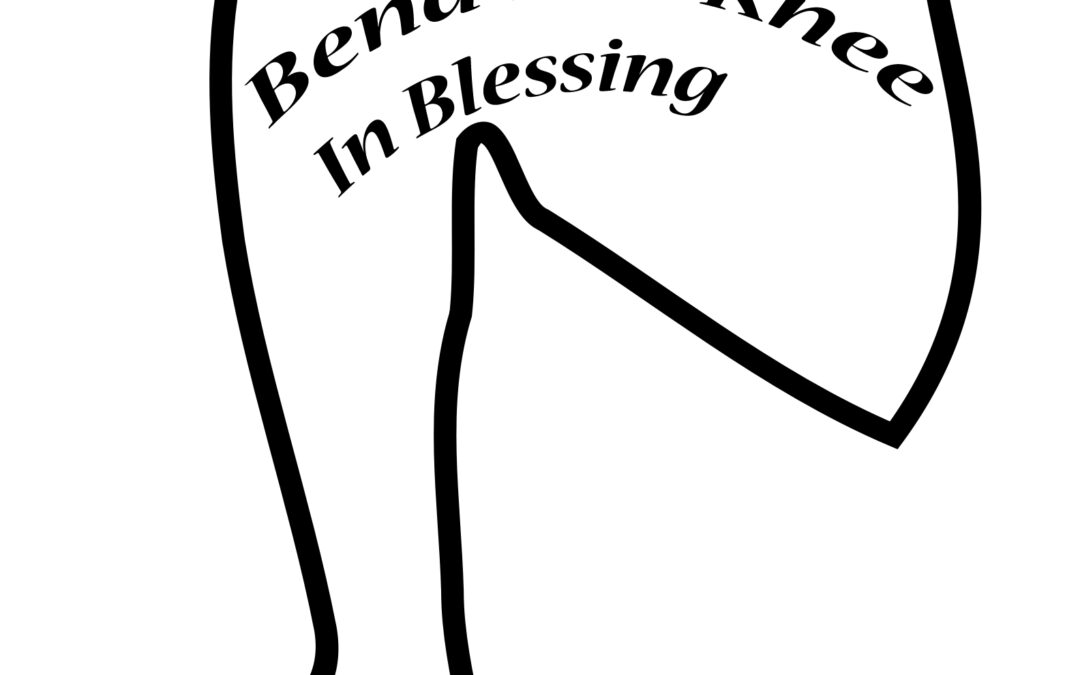

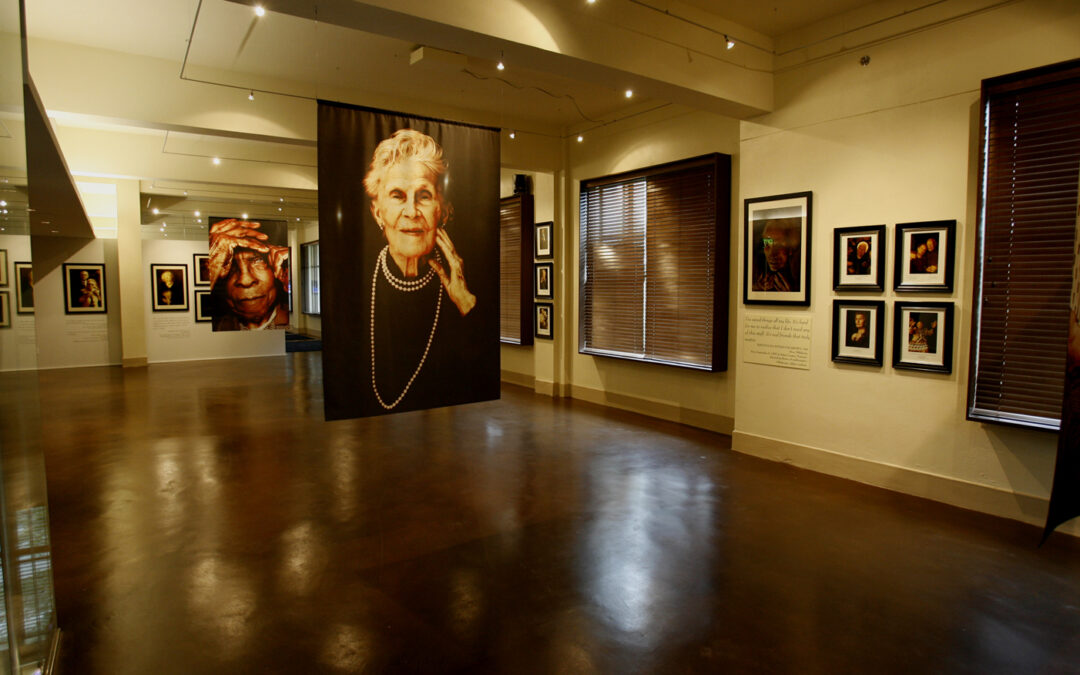
0 Comments